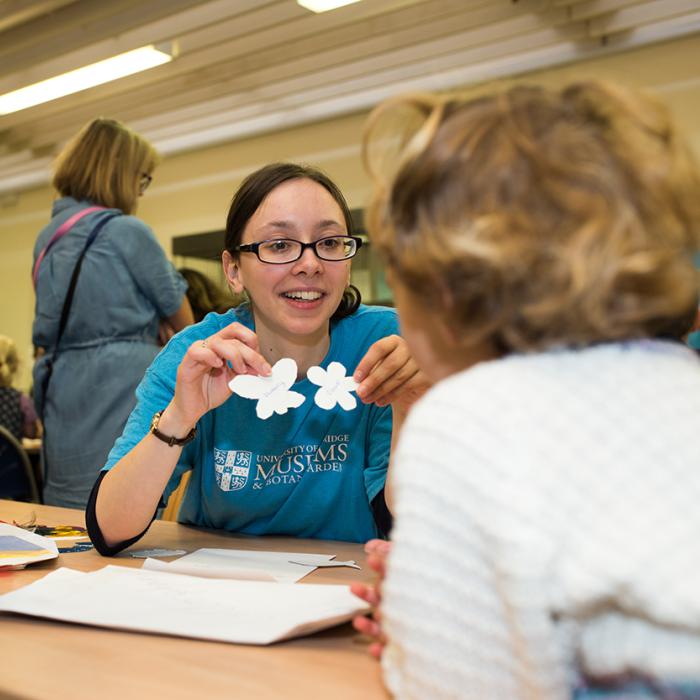Make your own colourful rainbow spinner and learn about the science behind seeing colour.
Have you ever looked up at the sky on a clear night and noticed shapes or groups of stars that appear to form a pattern? These are known as constellations. This activity shows you how to make your own viewer to help identify the constellations.
Try using old wrapping paper or magazines to make this decorative Twilight star.
Challenge your friends and family to see if they can find the secret objects you have hidden in this crafty picture.
A snowfall contains BILLIONS of snowflakes but did you know that no two snowflakes are ever the same?! Snowflakes are made of crystals of ice and different temperatures can lead to different types of snowflakes.
Glass lamps have been used for hundreds of years in Muslim places of worship called mosques. Once they are lit, the light shines through the glass, making patterns on the walls.
Brighten up your home this winter by this creative activity inspired by traditional Mosque lamps.
Get creative with our new family activity kit, which you can try at home. Find out more about Alfred Wallis and have a go at creative activities inspired by the artist and the exhibition.
We would love to see how Alfred Wallis has inspired you. Share your creations with us on social media @kettlesyard or email us with feedback learning@kettlesyard.cam.ac.uk.
Just beneath the waves in shallow tropical seas you'll find a world teeming with life. It's here that we find coral reefs - colourful habitats where countless creatures live.
Unfortunately like many habitats, coral reefs are struggling with the changing climates and environments we see today. These changes lead to 'coral bleaching'.
What is 'coral bleaching'?
Animals have evolved over millions of years to live within the environment that they find themselves in. When that environment changes too quickly, they find it difficult to adapt in time to surive.

